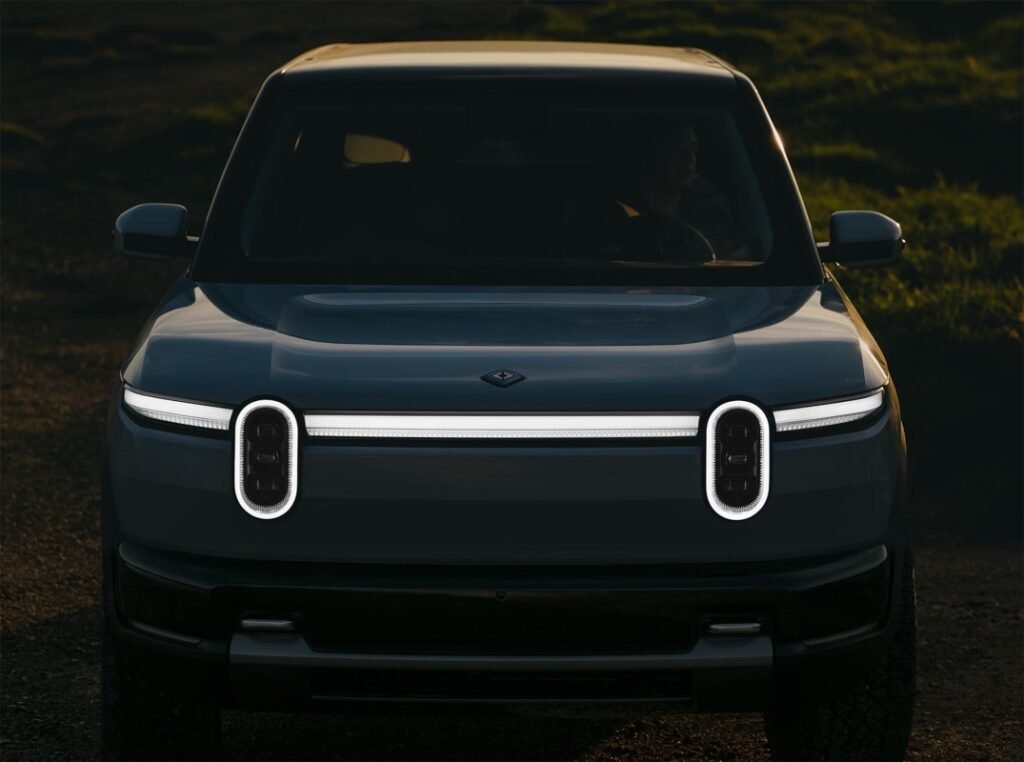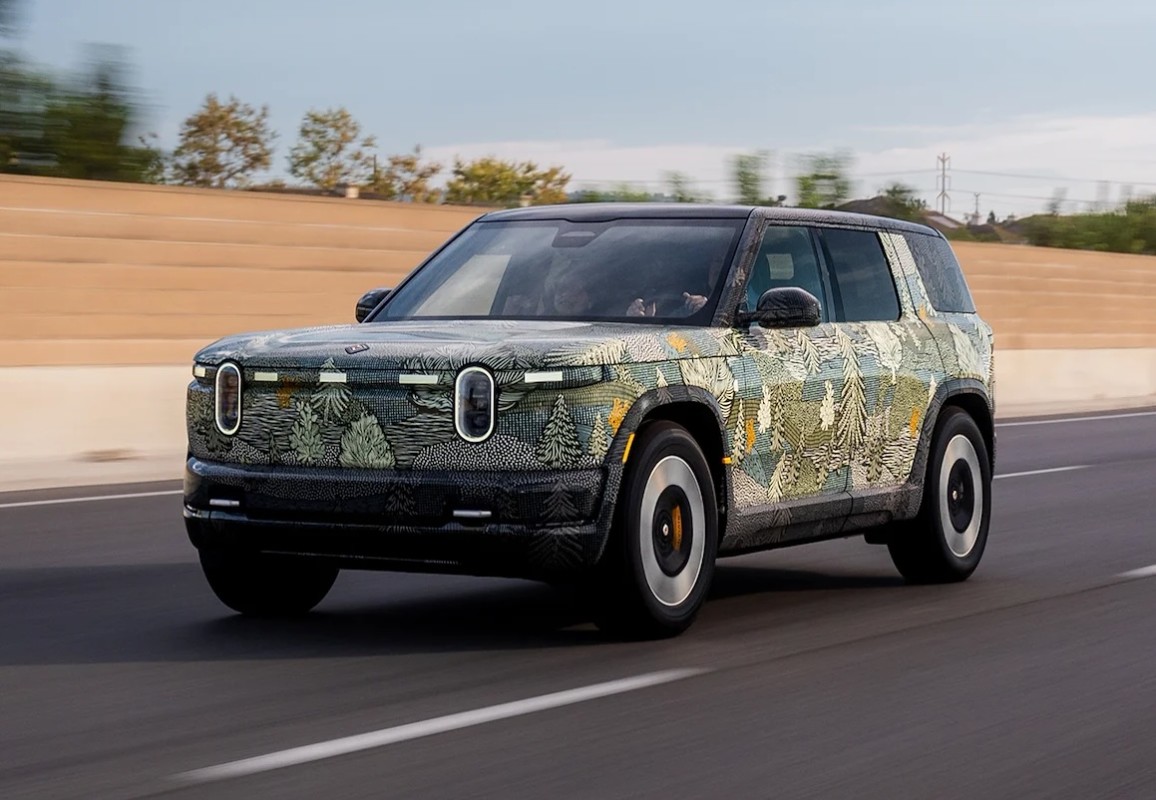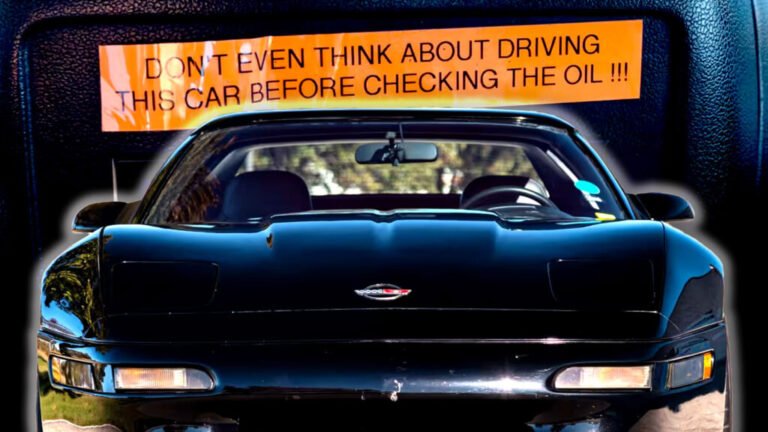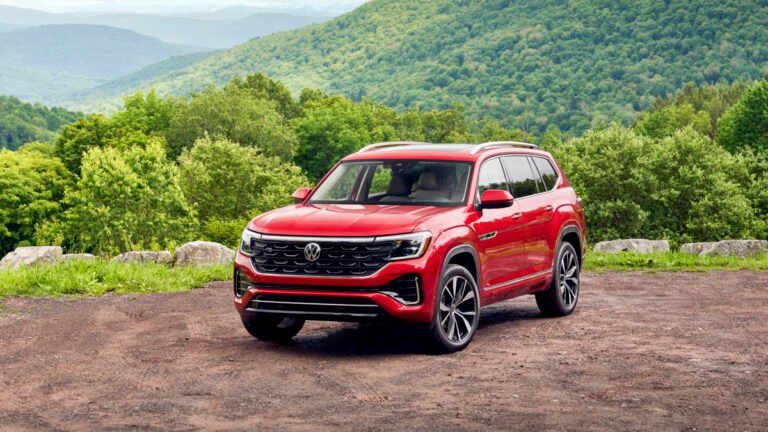
A Turning Point, Not a Turnaround
Rivian’s third-quarter numbers may look good on paper, but they come at a complicated moment for the electric vehicle industry. The company is growing fast but facing a tougher market as overall EV demand in the US – and the whole world – softens.
For the quarter ending September 2025, Rivian reported $1.56 billion in consolidated revenue, up 78 percent year over year, and delivered 13,201 vehicles – its best quarter so far. It also achieved its first positive consolidated gross profit of $24 million, a $416 million improvement from last year.
Even so, profitability in Rivian’s automotive manufacturing fell short. Its automotive operations still posted a $130 million gross loss – though that’s a $249 million improvement over last year. The company’s software and services arm, reinforced by its partnership with Volkswagen, generated $154 million in gross profit – a staggering 324 percent increase compared to the same period in 2024.
Now, Rivian’s next phase hinges squarely on the R2, the midsize SUV that will rival the Tesla Model Y, expected to debut in the first half of 2026.
Paul A. Eisenstein
The R2 Takes Shape
During the company’s earnings call, CEO RJ Scaringe confirmed that R2 development remains on schedule. Rivian has finished building a new 1.1 million-square-foot body shop and assembly facility in Normal, Illinois, as well as a 1.2 million-square-foot supplier park and logistics center. Equipment setup is well underway, and validation builds are expected to start by year-end.
Scaringe described the R2 as a “great daily driver” that captures Rivian’s adventurous character. The SUV will be offered with two battery packs and three motor configurations – single-motor rear-wheel drive, dual-motor all-wheel drive, and a tri-motor setup. It’s also expected to include vehicle-to-home bidirectional charging and a range of over 300 miles, with production scaled to reach new volume targets as Rivian expands its capacity.
Rivian
Pricing and Positioning for the Real World
Rivian plans to keep the R2’s base price around $45,000, a deliberate move to make the SUV more accessible and to somehow match the Tesla Model Y, which currently starts at a hair under $40,000. The company has also chosen not to launch with a fully loaded tri-motor version, instead focusing on a mid-tier “Launch Edition” that should appeal to a wider range of buyers.
It’s a pragmatic strategy. With competitive pricing and increased production, Rivian clearly wants to secure the market first before chasing margins. With a second plant under construction in Georgia and expanding charging infrastructure, Rivian is betting that the R2 can carry the brand through a period when the EV market feels less certain.
Rivian


